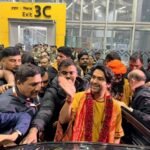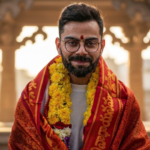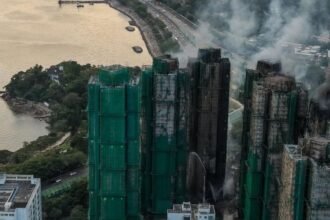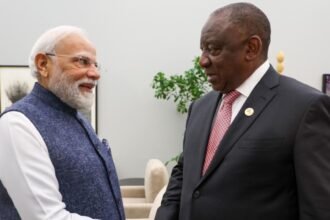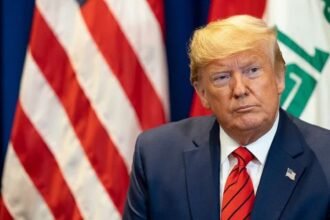Kathmandu: Nepal remains under tight military control after several days of violent unrest triggered by the government’s decision to ban more than two dozen social media platforms. Although the ban was lifted earlier this week following public outrage, the protests, largely led by Gen-Z demonstrators, expanded into a broader movement against corruption, lack of opportunities and political elitism.
The Nepal Army has extended curfews in Kathmandu, Lalitpur and Bhaktapur, with prohibitory orders restricting public gatherings through the day. Authorities have allowed only limited movement for essential services such as ambulances, health workers, and fire services, while shops selling daily necessities have been permitted to open for short windows in the morning and evening. Despite these measures, daily life in the capital and surrounding districts remains deeply disrupted, with public transport curtailed and markets operating under severe restrictions.
The violence has left at least 34 people dead and hundreds injured, making it one of the most serious episodes of unrest in Nepal’s recent history. Security forces say they have recovered weapons from protest sites and foiled attempted jailbreaks in the wake of the chaos. With the civilian government in disarray and former Prime Minister K. P. Sharma Oli resigning earlier this week, attention has now shifted to the question of who will lead Nepal through the crisis.
According to reports, the army has entered talks with Gen-Z protest leaders and senior political figures to establish an interim leadership. Among the names being considered is former Chief Justice Sushila Karki, who is seen by many young protesters as a symbol of integrity. No official decision has been announced, but the possibility of her appointment has sparked widespread debate in political circles and on the streets.
For now, Nepal’s future remains uncertain. The army has appealed to citizens to remain indoors and cooperate with curfew orders, while protest groups insist that only real reforms — not temporary measures will bring peace. The coming days will be critical in determining whether dialogue can bridge the growing divide between Nepal’s youth and its political establishment, or whether the Himalayan nation will face a deeper crisis before stability returns.




